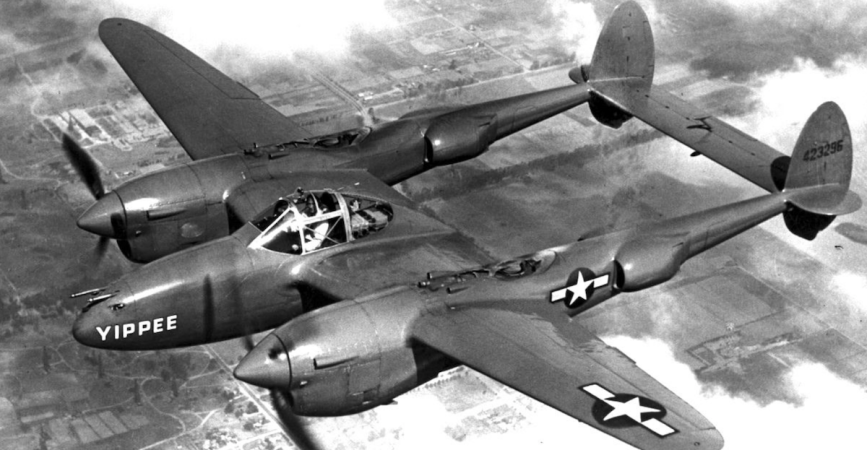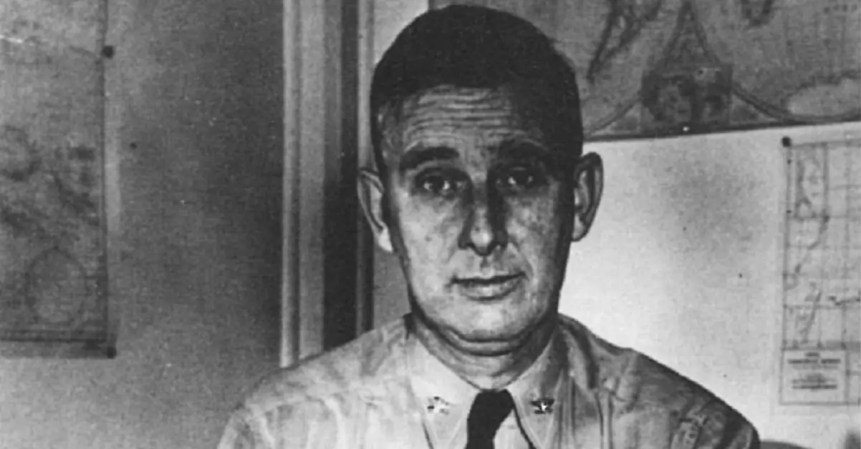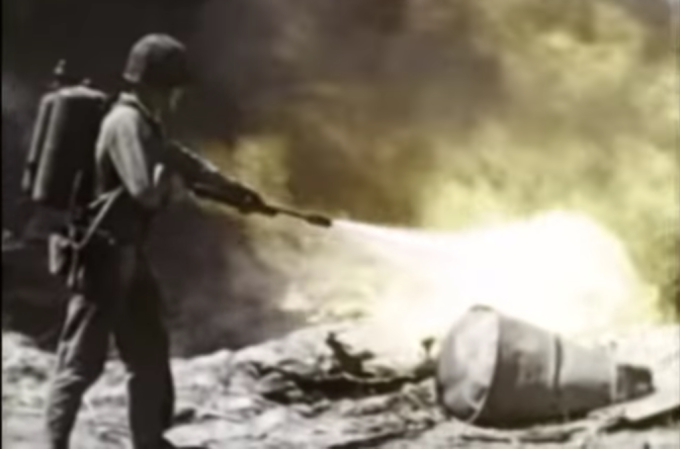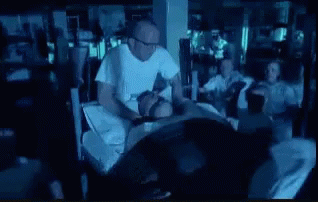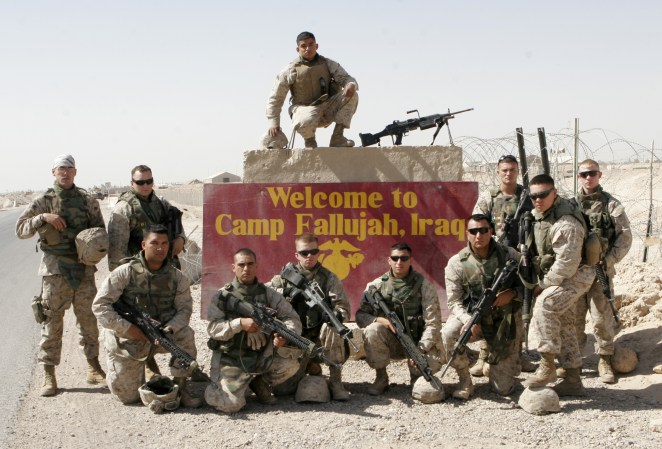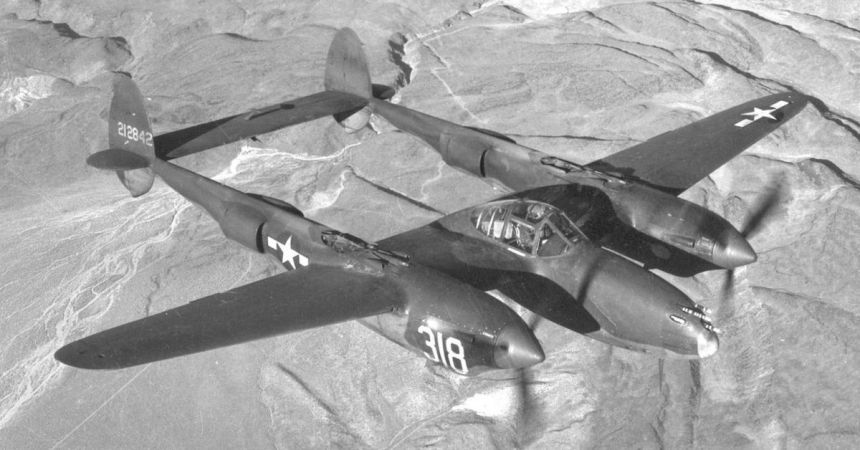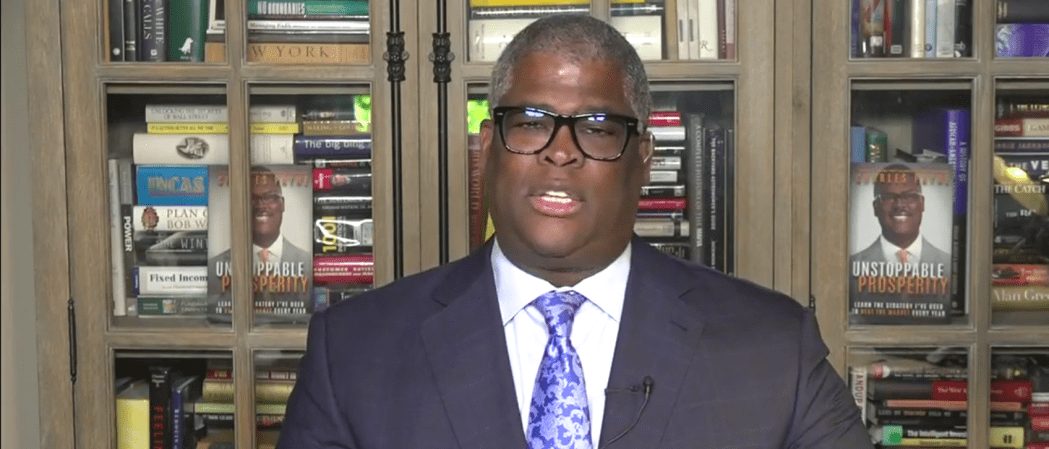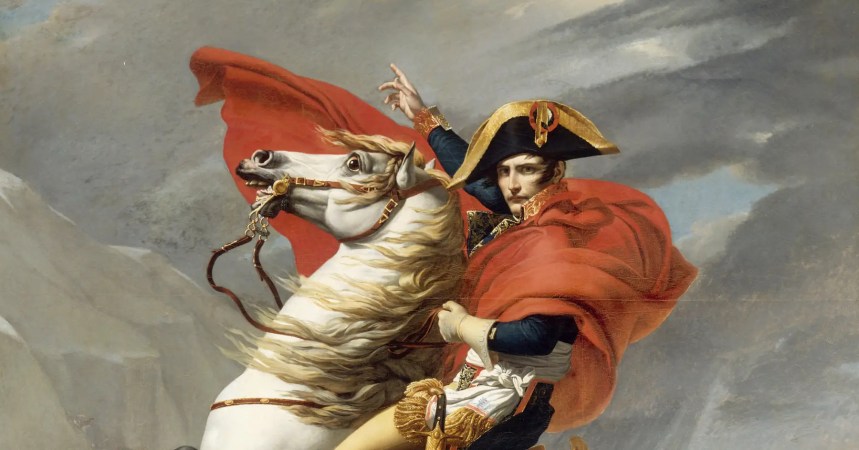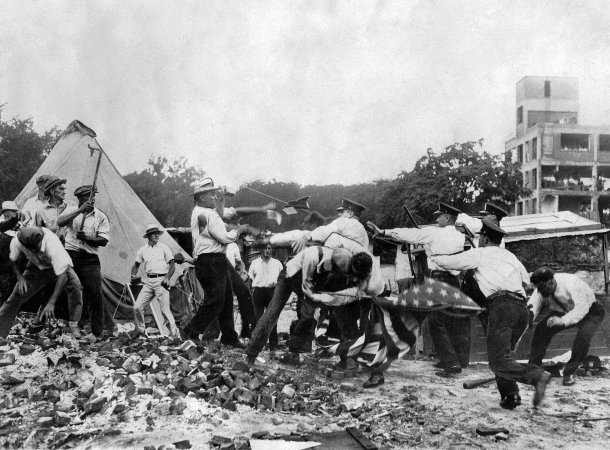If you’ve seen the 1960 classic, The Gallant Hours, starring James Cagney as Admiral William F. Halsey, then you saw a very dramatized version of how the United States Navy got the information that would eventually lead to the demise of Japanese Admiral Isoroku Yamamoto. But Hollywood blockbusters have a way of twisting history for the sake of entertainment.
In the movie, Capt. Frank Enright, an intelligence officer, passes on the information to Halsey who then flies to Guadalcanal, where he gives the command to Thomas G. Lanphier, Jr. Lanphier would later bring justice to Isoroku Yamamoto in the skies over the island of Bougainville.
Historically, Halsey didn’t get the information about what would be Yamamoto’s last flight directly from the officer who recommended the mission. In fact, the officer who urged the mission to go ahead was in Pearl Harbor, right by the side of Admiral Chester W. Nimitz. That officer was Lieutenant Commander Edwin T. Layton.

In his memoirs, “And I Was There,” Layton related his service as a naval attache in Tokyo prior to the war. He was one of a number of officers fluent in Japanese — the most notable of the others being Joe Rochefort, best known as the officer who saved Midway. Layton had been assigned as the chief intelligence officer for the Pacific Fleet in 1940 and witnessed the attack on Pearl Harbor. Nimitz chose to retain Layton, who would be the one officer Nimitz kept by his side throughout the war.
By April of 1943, Rochefort had been sidelined from code-breaking by jealous Washington bureaucrats, but Layton was still at Pearl Harbor when the message with Yamamoto’s itinerary was decoded. Having met Yamamoto a number of times in Japan (he had even played cards with him), Layton had a knowledge of the Japanese commander. He told Nimitz,
“Aside from the Emperor, probably no man in Japan is so important to civilian morale. And if he’s shot down, it would demoralize the fighting Navy.”

The rest, as they say, is history. Eighteen P-38s were slated to carry out the mission of intercepting the Mitsubishi G4M “Betty” bombers carrying Yamamoto and his staff. Two of the P-38s had to turn back. The rest tangled with Japanese forces, gunning for aircraft containing the mastermind of the Pearl Harbor attack. Capt. Thomas G. Lanphier landed the shot that ended Yamamoto.
After World War II, Layton served in the Navy until 1959, taking up his position as chief intelligence officer during the Korean War. He died in 1984, before his memoirs were published. Even though Layton played a crucial, yet unheralded role in America’s victory over Japan, no ship has been named in his honor.



